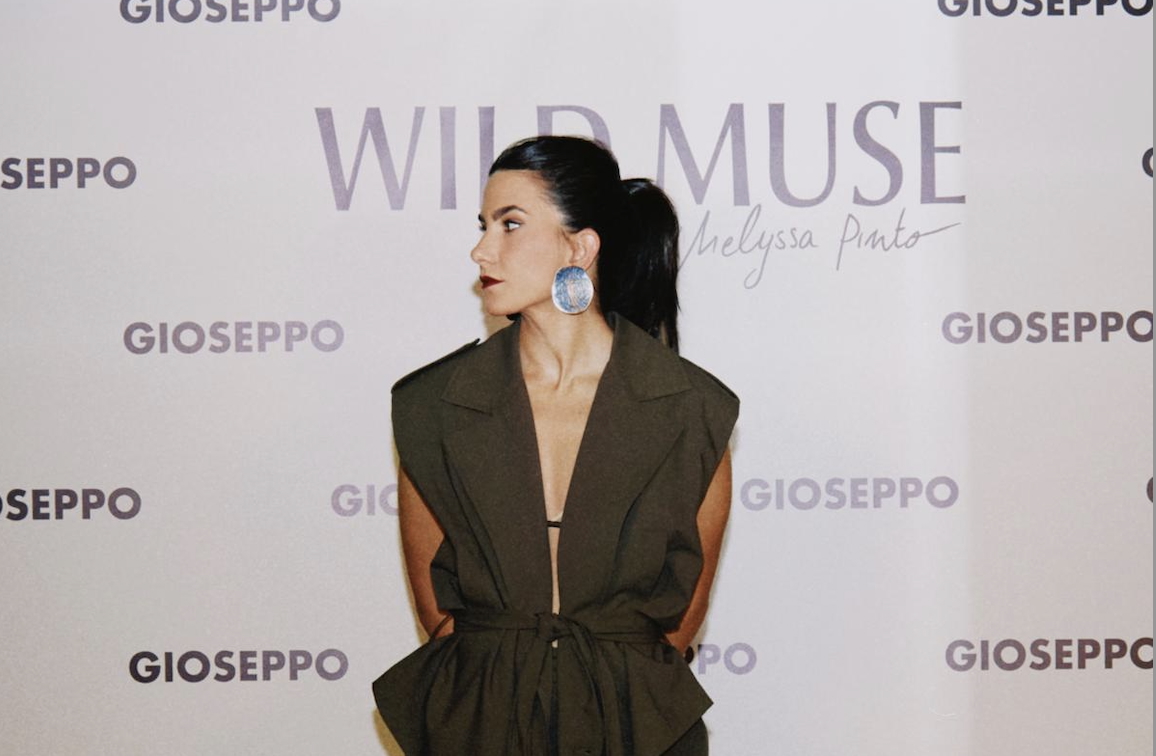
H&M Iguatemi store opening in Sao Polo
When H&M announced plans to scale its presence in Brazil and India, most headlines framed it as a strategic expansion, a natural step for a European retailer looking to offset slowing demand at home. But that framing misses the point.
This is more about realignment than expansion.
Because Brazil and India are no longer “emerging markets.”
They’re leading ones, shaping the future of fashion, culture, and consumption at a pace the West can barely keep up with.
The myth of the ‘emerging market’
The term “emerging” has long served as shorthand for markets that promise potential but supposedly lack maturity.
It’s an outdated narrative, and one that increasingly obscures where the world’s true cultural and commercial power lies.
Take India. With 1.4 billion people, it recently surpassed China as the world’s most populous country. Nearly 600 million of those citizens are under 25, representing the largest youth demographic anywhere on the planet.
According to Bain & Company, India’s fashion and apparel market is projected to reach $100 billion by 2030, expanding at a rate three times faster than Western markets. Add to that a digital ecosystem with more than 700 million internet users and a growing creator economy that fuses Bollywood, streetwear, and AI-driven personalization.
It is pretty clear: India isn’t catching up. It’s leading.
Brazil: the cultural superpower hiding in plain sight
Meanwhile, Brazil is confidently positioning itself among the global fashion heavyweights. In 2022 the country’s fashion-textile market alone generated about US$20.4 billion, and is projected to reach US$34.2 billion by 2030, at a 6.7% CAGR. While the precise “top five globally” ranking for Brazil’s overall fashion market is harder to pin in public sources, multiple reports show Brazil as a mature and rapidly evolving market in Latin America with robust consumer demand and digital growth.
But Brazil’s true export isn’t just fashion, it’s feeling. From Bossa Nova to football to the aesthetics of Rio’s streetwear scene, Brazil has always understood what Western markets are now rediscovering: that aspiration is emotional before it’s commercial.
And today’s consumers — from São Paulo to Seoul — are buying into that emotional intelligence.
A shift in cultural gravity
What’s unfolding isn’t just a retail strategy; it’s a shift in cultural gravity. As spending slows across Europe and the U.S., the growth engines of global fashion are moving south and east, to regions where youth, connectivity, and cultural expression converge.
For brands like H&M, entering these markets shouldn’t be an act of discovery. It should be act of recognition and a belated acknowledgment that the so-called “periphery” has become the center.
From expansion to collaboration
This new order demands a mindset shift. Global brands can no longer treat these markets as audiences to be served, they must approach them as ecosystems to be built with.
India and Brazil aren’t waiting for validation from Paris or New York. They’re writing their own design languages, music styles, and digital economies.
They’re defining what aspiration looks like for a generation that no longer sees Western culture as the blueprint for progress.
If brands like H&M want to stay relevant, they’ll need to listen more than they lead.
Because the most valuable thing you can do in a market that’s already won isn’t to enter, it’s to belong.



